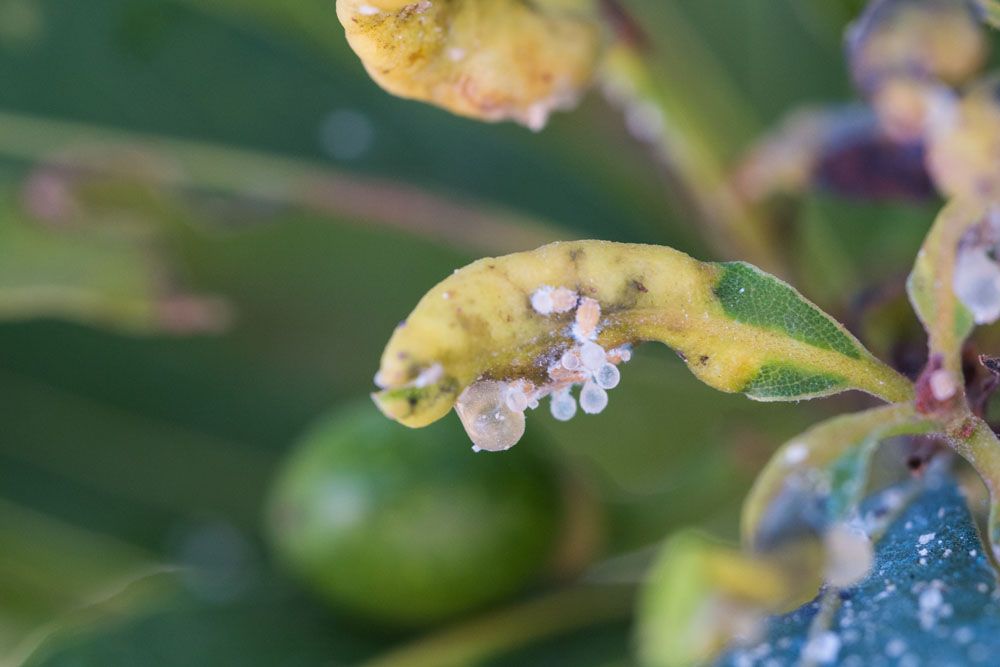
Laurel Psyllid – Trioza alacris
Laurel Psyllid (Trioza alacris)
Latin Name: Trioza alacris
Common Name: Laurel Psyllid
Appearance:
- Laurel grew as an ornamental bush, particularly smallish plants trained into standards or pyramids and grown in pots or tubs.
- This psyllid overwinters on laurel and other evergreens like citrus, then restarts activity when the fresh laurel leaves emerge.
